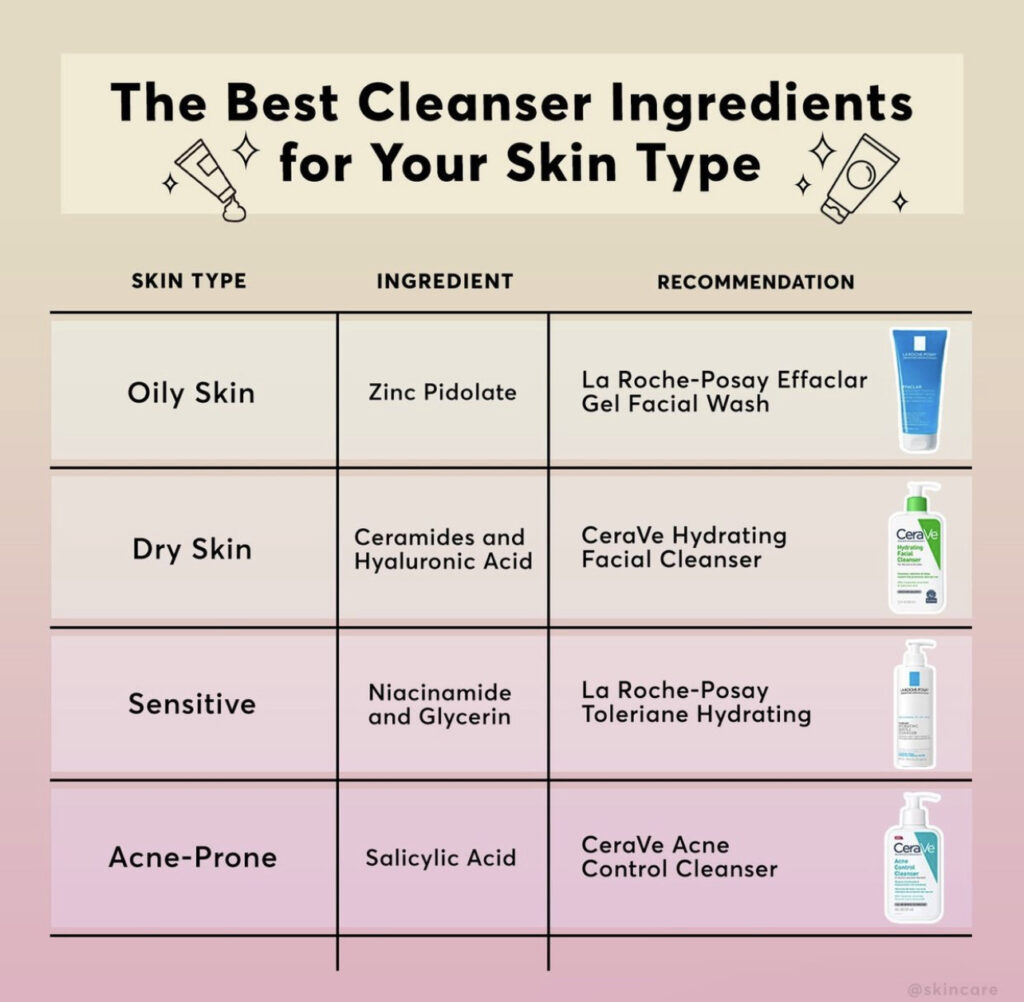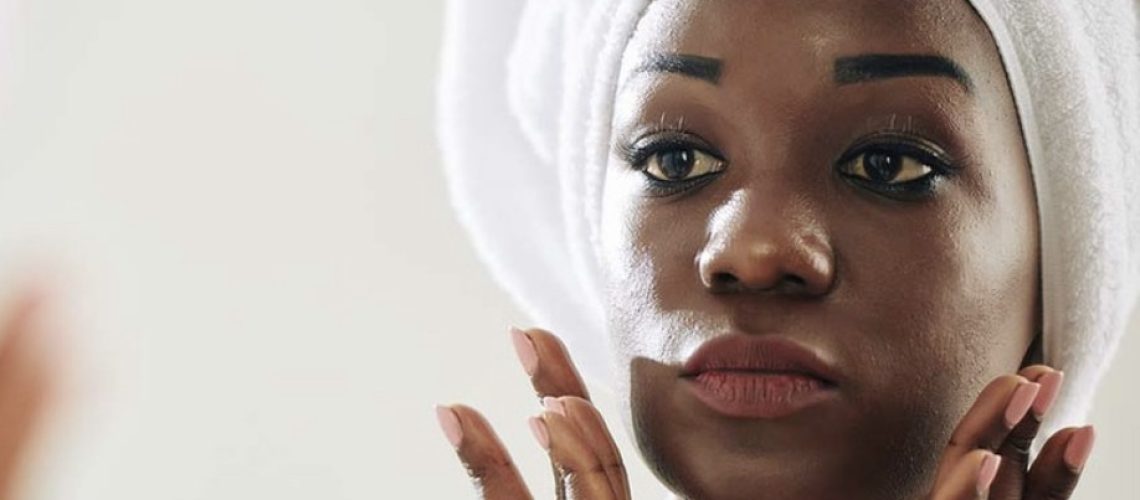Dry skin and dehydrated skin may sound like the same thing but they are completely different. Dehydrated skin means your skin lacks water, it can be itchy, dry and perhaps look dull. It is a temporary condition but your skin tone and complexion appear noticeable. They can appear dry, but it’s not the same as having a dry skin type.
It usually results from inadequate fluid for the body to perform all its functions, and when more water and fluids leave the body than enter it. Dehydrated skin can be the result of several factors like:
- Sunburn or heatstroke.
- Health conditions like diabetes
- Diarrhea
- Excessive sweating which can be due to exercise or health conditions like hyperhidrosis, etc.

Dry Skin
This is when the skin lacks oil. Some signs of dry skin include:
- Rough or itchy skin
- Flaky skin
- Redness and irritation
- Skin feels tight
- Small, fine wrinkles
- Thin, fragile skin
There are so many factors that contribute to dry skin:
- Malnutrition and weight loss
- Age
- Hormone imbalances
- Dry environments like low humidity, excessive bathing, use of abrasives, etc.
Symptoms of dehydrated vs. dry skin
Although, there are some overlapping symptoms between dry and dehydrated skin, symptoms in dry and dehydrated differ in appearance and texture. Let’s take a look at it:
| Dehydrated skin | Dry skin |
| poor skin elasticityTrusted Source | dehydration |
| dry mucous membranes such as in the nose | scaling |
| fine lines | roughness |
| itchiness | itchiness |
| sunken eyes | loose skin |
| cracked lips | flaking |
| dry lips or mouth | cracked skin |
How To Test For Dehydrated Skin.
Testing for dehydrated skin can involve professional tests, however, there are simple pinch tests you can try out at home. Take a small portion of your skin around the cheek area and squeeze lightly. If you notice your skin doesn’t bounce back and there’s no form of wrinkling after you’ve let go, then your skin may be dehydrated.
Treatment For Dehydrated And Dry Skin.
Unlike dry skin, dehydrated skin is treatable with slight lifestyle changes. One major step is to ensure you drink lots of water. You can apply the old rule of drinking eight glasses of water per day, that’s if you don’t drink enough water already. It’s also important not to drink too much water as it can lead to a loss of minerals, it’s important to ask your doctor what amount is appropriate for you.
Eating vegetables and fruits like watermelon, celery, etc. that are rich in water also increase your water intake. Other lifestyle changes that can be used to treat dehydrated skin are:
- Stop smoking
- Exercise regularly
- Drinking less coffee and caffeine-related products
- Replenish fluids after you work out.
- Get plenty of sleep.
If you recently just recovered from an illness, dehydration may be related to a loss of fluids due to being sick. It’s recommended you drink plenty of water, beverages, broth-based soups and electrolyte.

Dry Skin.
Dry skin is more difficult to treat but a good place to start is to use moisturizers, lotions and emollients. Some raw ingredients can also help soften the skin, an example is coconut oil which you can apply to dry areas to add moisture.
Preventions Of Dehydrated And Dry Skin
Preventions methods for dehydrated skin focus on maintaining conditions within the body, while dry skin focuses more on external factors. As earlier mentioned, you can minimize dehydrated skin by ensuring you get lots of rest, reducing alcohol and eating foods rich in moisture.
Dry skin on the other hand tends to crack, so they are prone to infection. Applying an antibacterial cream to areas with greater exposure can reduce this. Other ways you can prevent dry skin are: bathing with lukewarm water instead of hot water, using natural soaps that contain oil, such as tar soaps, reducing the frequency and duration of bathing, applying moisturizers after bathing, etc.

Conclusion:Oftentimes, people consider dry and dehydrated skin to be the same thing. However, they are not; one results from not having enough fluid in the body and the other has various causes. Prevention and treatment of dehydrated skin would involve you remaining hydrated and applying water-based products while treatment of dry skin is external and you can choose to use more oil-based products.







